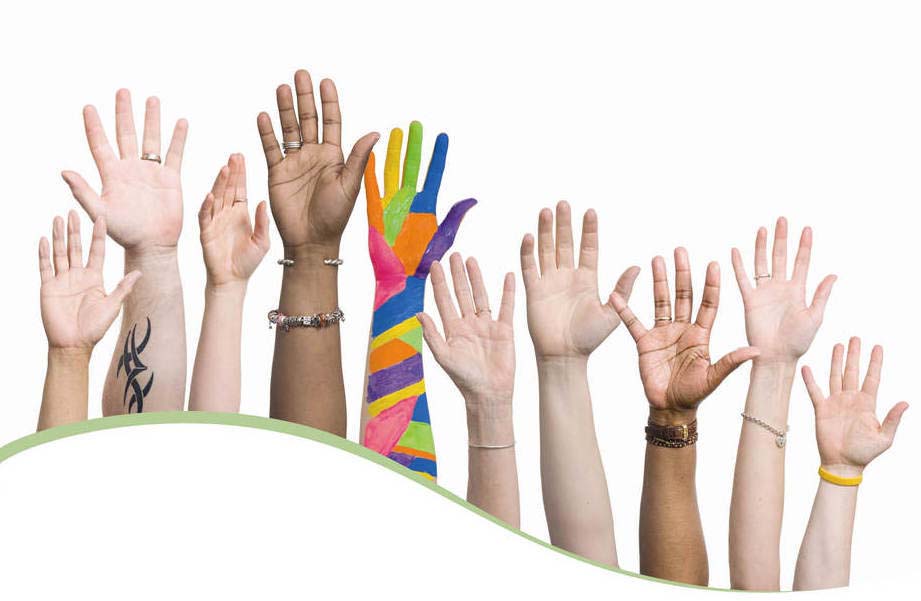How to Balance Diversity and Equality in the Workplace

The common misconception outside of HR is that offering equal opportunities is the step to creating diversity. However, anyone in HR knows that these two similar concerns run in the opposite direction, and providing equal opportunities is a more demanding and urgent task.
Many HR departments are already overwhelmed with EEO compliance, along with numerous other state and federal demands. Now they must lead their companies into the new decade and cultivate a culture of diversity to keep up with changing social and legal standards.
Understanding the Differences Between Diversity and Equality
It’s critical to understand that you can implement both diversity initiatives and equal opportunities even though they may seem to be demanding in time and follow-up.
To start, establish that they’re separate elements of Human Resources:
- Diversity – is the goal for many businesses in recent years. Typically the focus is on cultural diversity where you can build teams with a broader range of perspectives, boost innovation, and improve employee engagement.
- Equality – refers to compliance. Since 1972 equality generally relates to employment discrimination, a requirement by law to not discriminate employment, including advancement, based on established protected classes, and many HR staff are writing in other classes or criteria into their policies as well.
Because most companies don’t need an affirmative action policy, it’s up to HR staff to ensure that they follow the laws that hold up for equality.
However, it’s in the best interest of the company that this department also devote time to promoting and creating diversity within their workforce and even on a team level.
Setting New Standards for Diversity and Equality Through Human Resources
The practices of providing equal opportunities are continually changing. However, you can always rely on a few critical tasks and documents to establish a higher than usual standard for equality within your company. The same easily applies to diversity, and these best practices are often easy to maintain once implemented.
To meet or exceed the standard on providing equal opportunities, consider doing the following:
- Use multiple mediums to reach potential applicants to diversify your pool of potential employees.
- Eliminate selection criteria, which could be discriminatory, such as online-only tests that aren’t accessible to all groups.
- Establish clear promotion criteria for internal opportunities
- Have an EEO policy – See SHRM’s example
You can often set up these procedures or draft these policies once and then revisit them quarterly or annually.
To create a high standard of diversity, give careful thought to each of these actions:
- Hire for different personality types, world views, and background diversity
- Foster an open culture by shutting down unjustified criticism, judgment, and unprofessional conduct immediately.
- Communicate and educate leaders on what diversity looks like in practice.
Working to create a diverse culture really shouldn’t pull time away from ensuring EEO compliance. The two can work in tandem, and eventually, diversity should expand into everyday actions within your company.
Create Clear Diversity Initiatives for Your Staff
Go beyond saying, “We value diversity” and explain how you value diversity and how your actions promote a broader cultural blend. Then remove elements from existing policies such as job descriptions, job postings, and applications, which could limit diversity.
To balance diversity and implementing equal opportunities for promotions and hiring, you’ll need to focus on education. Make educating your staff, especially your leaders, an ongoing task. Train your managers and leadership staff to identify the value of having different life perspectives. Work with them individually and as a group to ensure that everyone understands and can apply their skills in ways that contribute to promoting diversity and equality.